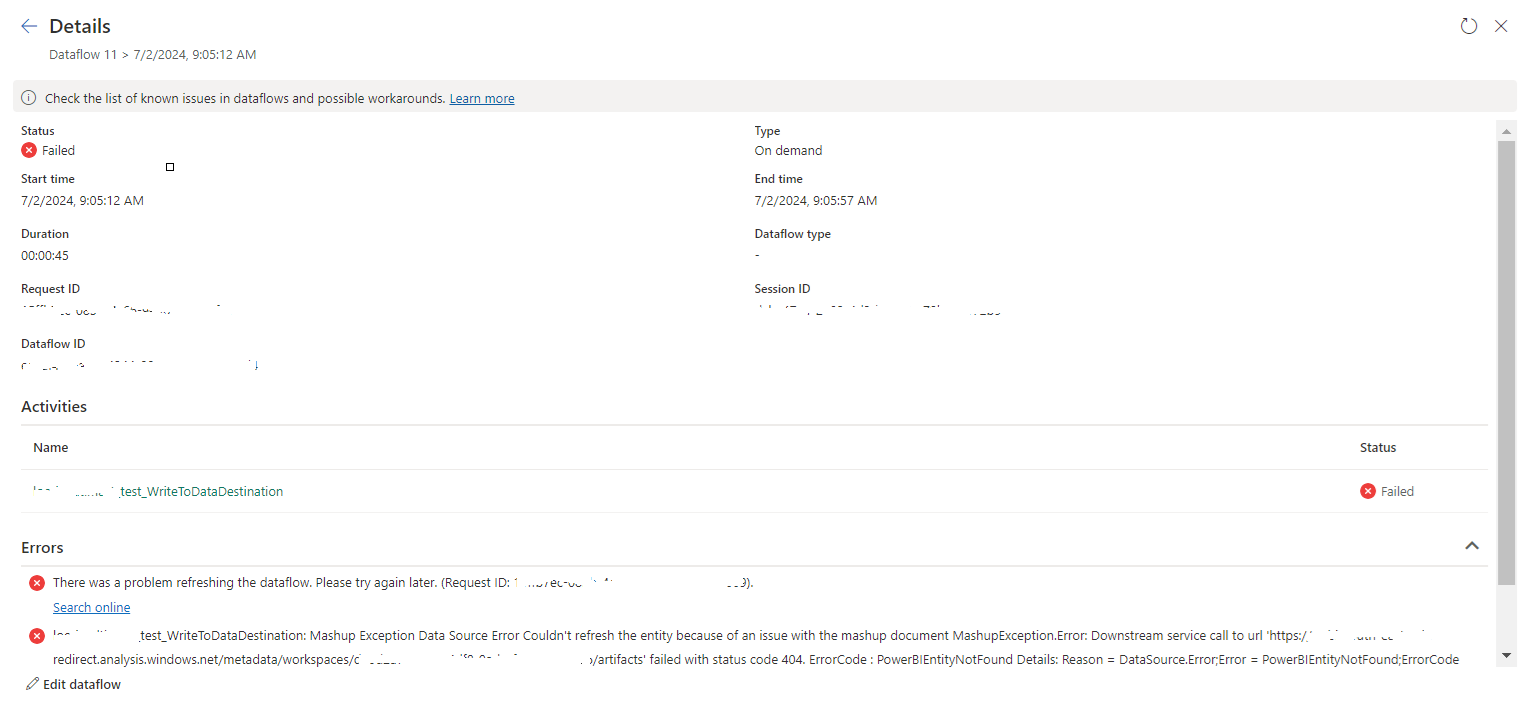In some scenarios, we may need to get Period N data including the current period.
As an example if we select the Year as 2017, we may need to get the values for 2017, 2016, 2015, .., (2017-(n-1)).
I was able to achieve it using the below MDX Query
WITH
SET [Set_PeriodRange] AS
{STRTOMEMBER(@Param_Period+".lag(N-1))" : STRTOMEMBER(@Param_Period)}
SELECT NON EMPTY{[Measures].[Sales]} ON COLUMNS,
NON EMPTY([Set_PeriodRange]) ON ROWS
FROM [SalesCube]
Here what I did was I created a set for the what ever the required period range, using the lag function.
Then use that Set for the Row axis in the MDX.
@Param_Period is the parameter with the Year value.
The use of the created Set is that if you pass the parameter value based on a hierarchy, it will return the members for the current level of the hierarchy.
If the current level is Quarter, it will return the N number of Quarters.
Hope this will be helpful...
As an example if we select the Year as 2017, we may need to get the values for 2017, 2016, 2015, .., (2017-(n-1)).
I was able to achieve it using the below MDX Query
WITH
SET [Set_PeriodRange] AS
{STRTOMEMBER(@Param_Period+".lag(N-1))" : STRTOMEMBER(@Param_Period)}
SELECT NON EMPTY{[Measures].[Sales]} ON COLUMNS,
NON EMPTY([Set_PeriodRange]) ON ROWS
FROM [SalesCube]
Here what I did was I created a set for the what ever the required period range, using the lag function.
Then use that Set for the Row axis in the MDX.
@Param_Period is the parameter with the Year value.
The use of the created Set is that if you pass the parameter value based on a hierarchy, it will return the members for the current level of the hierarchy.
If the current level is Quarter, it will return the N number of Quarters.
Hope this will be helpful...


No comments:
Post a Comment